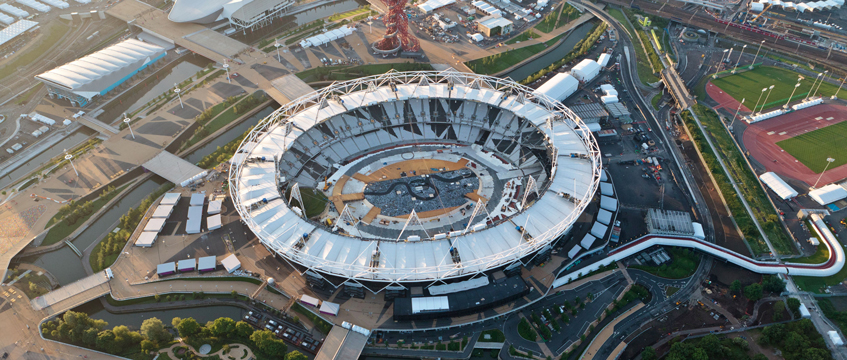COMMENT: With the 10-year anniversary of the London 2012 Olympic Games upon us, it is the right time to consider whether the unprecedented sporting legacy promised has actually become reality.
When the first discussions about putting London forward for the 2012 Olympic and Paralympic Games took place, sporting legacy was the heart of the bid.
Delivering impactful public infrastructure that would be used long after the Games by beginners, community groups, club enthusiasts and elite athletes alike was a key goal alongside our medal aspirations, and we had the means to make it a reality.
For those of us involved – from bid stage to closing ceremony – it was a sobering task, but we relished the challenge. It hadn’t really been done before. While there were some examples of good sporting legacies, there are also a depressing set of examples of what not to do; some former host nations only had empty, decaying stadia and fading memories of the magic of the Games.
Plan catalyst
When I first took up my position as chief executive of the Lee Valley Regional Park Authority 25 years ago, it was with the mission to continue our vision to turn the mostly brownfield and contaminated Lee Valley into accessible public spaces alongside places of sport, leisure and activity for all – not too far from London 2012’s objectives which developed later. In fact, much of our contribution to the Olympic bid was inspired by plans we already had in the pipeline – the Games provided a catalyst and, crucially, brought cross-party political will and the funding to do things right.
Our first approach was what we might now call placemaking. We already had a strategy of creating a Zone of Sporting Excellence in the Lee Valley, so how would Lee Valley VeloPark, Lee Valley White Water Centre and Lee Valley Hockey and Tennis Centre knit into their surrounding places and communities? We had to ensure they were financially viable in the long-term and that they would drive sporting and social benefits locally, regionally and nationally.
The venues needed to have a life well beyond the Games and that was our focus from the beginning – we were the “legacy client” before the first brick was laid. Indeed, creating places of sport and recreation for all has always been the mission of the Park Authority – it remains so to this day.
Improving lives
As we confront a cost of living crisis, it is easy to write sport and physical activity off as a frivolous expense, but we know that sport enhances lives. The chance to move, to participate, to try new things and belong to something is fundamental to a quality existence. It improves health outcomes, reduces the burden on the NHS, and promotes community cohesion.
We are doing our bit with our local authority and sporting partners. Later this year we will open Lee Valley Ice Centre – a stunning new twin-pad community hub in Waltham Forest – and there are plans to bring The Wave, an amazing inland surfing destination, to Enfield. These are world-class but fully inclusive facilities sitting in areas of socio-economic deprivation – assets like these enable good growth and help communities to thrive.
The Park Authority works across boundaries and across the sporting landscape, with partners that share our vision and passion for providing world-leading leisure opportunities.
The 10th anniversary of the Games is a chance to reflect on what’s been achieved so far, to reaffirm the importance of equitable access to open space, and understand how sports and leisure is vital to social cohesion, addressing health inequality and achieving sustainable and positive growth.
Shaun Dawson is chief executive of the Lee Valley Regional Park Authority











